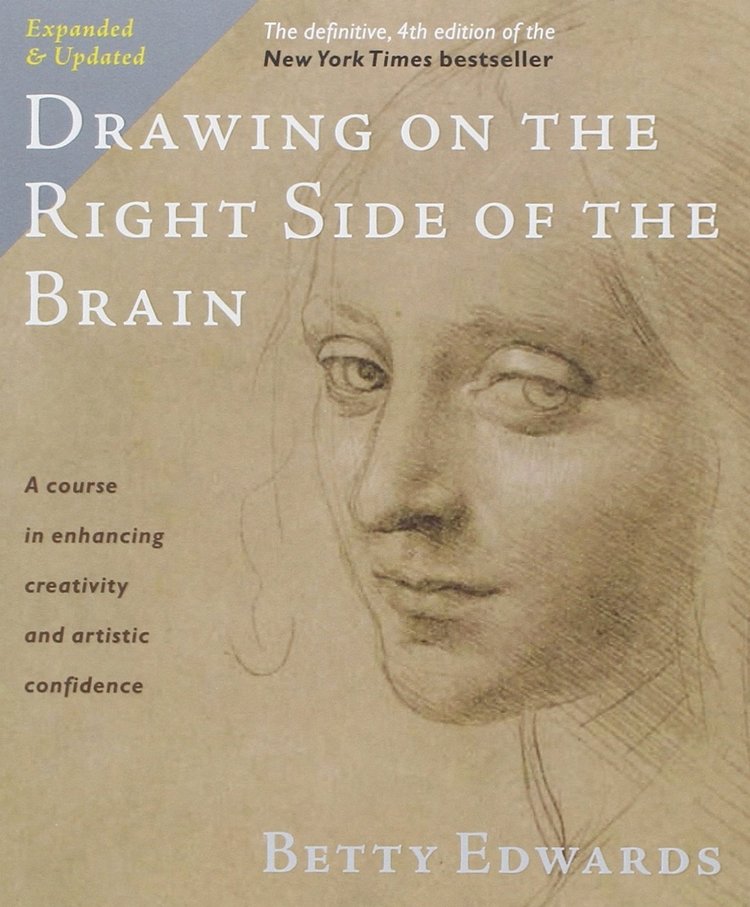As the article below describes, there is a new trend at leading university medical schools, including Harvard, Yale, Penn State, Columbia, and the University of Texas at Austin. They are incorporating art classes into medical education. Since skill in perception—seeing what is ailing in patients—is universally recognized as important in medical analysis and treatment, this is a welcome development.
Students from Dr. Michael Flanagan's class "Impressionism and the Art of Communication" at Penn State College of Medicine.
What is curious about the trend is that the rock-bottom, basic entry skill in perceptual training—that is, drawing—is completely ignored and excluded. Instead, medical students gather in museums to observe and analyze paintings, try reproducing famous paintings from only a verbal description, develop verbal hypotheses about an artist’s intent in a given painting, and learn how to do comics to develop storytelling skills.
If the goal is as stated—that doctors need to develop observational skills as well as bias awareness and empathy—then why not just teach them how to draw? Years ago, I gave a presentation to a national group of plastic surgeons, hoping to convince them that drawing portraits of their patients before and after surgery would have positive effects on their craft. Alas, for the most part I failed to convince them, and to this day, at least to my knowledge, plastic surgeons are not required to learn perceptual skills through drawing. What a shame!
~ Betty Edwards
The following article is from The Artsy Podcast No. 47, August 21, 2017: Medical Schools & Art Classes
